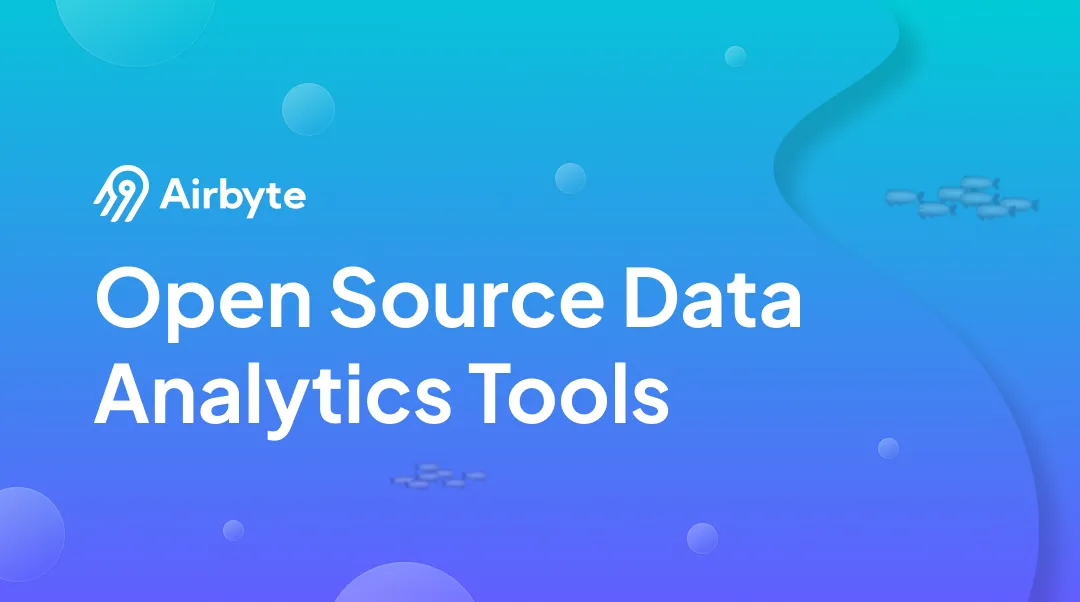Data science is still increasing in terms of career opportunities as well as with regard to how organizations are utilizing it, regardless of the industry. Data science has emerged as a vital field in the age of digital era which is now basically a data-driven world. Whether you are a beginner or a skilled data scientist, possessing powerful tools is of the utmost importance for effective data analysis, machine learning, and data visualization. In other words, if the present moment is your opportunity, move on and start your career in the field of data science. And, the learning journey begins by picking up a few data science tools and working on them at a faster pace.
As open-source tools emerge in the data science community more and more, their outstanding values including flexibility, community support, and cost-effectiveness make them increasingly popular. Data scientists need to be adept in various tools and libraries to perform including data handling, analysis and data visualization among others. In this article, we will find out about the most common tools and libraries of data science that professionals use to uncover the hidden value of data.
What Is Data Science?
Data science is an interdisciplinary discipline that uses statistical analysis, machine learning, and domain expertise to uncover valuable and actionable insights from big and complex data sets. It has different phases, which include data collection, data preprocessing, data analysis, model building, and result presentation or interpretation. To implement these projects in a time-efficient way, data scientists consider the toolsets and libraries involved because functionalities can be different.
List Of Best Open-Source Tools And Libraries For Data Science
Programming Languages
- Python: Python is the most frequently used language in data science as a result of its simplicity, ability to be read, and a considerably large package library. It, indeed, is the tool commonly used for various tasks including data cleaning and visualization as well as ML and DL. And many Python open-source projects are easily available on open source websites so you can easily learn the language.
- R: R was built with computing and graphics in mind, and while a favorite among statisticians, it is also gaining popularity among others. It remains the most preferred programming language in academia and the area of statistics because it has plenty of packages for conducting different kinds of data analysis.
Data Manipulation and Analysis
- Pandas: Pandas is a Python library that gives high-performance, user-friendly data structures and data analysis tools Example: Volunteers and donors are the backbone of every non-profit organization. The sole purpose for the development of this is a large volume of data with features like DataFrames that make data manipulation easier.
- NumPy: NumPy is the underlying module of numerical computation in Python. The array and matrix were large and multi-dimensional, as well as being accompanied by a large number of mathematical functions to do operations on this array.
- Dask: Dask is a parallel computing library that combines the power of Python code and scales from local multi-core machines to very large distributed clusters of servers. It bundles together with Pandas and Numpy, enabling the creation of content that scales data analysis growingly.
Data Visualization
- Matplotlib: Matplotlib is a data visualization toolkit in Python, for plotting professional-quality figures in multiple formats. It features objects flexibly making various static, animated, and interactive chart types.
- Seaborn: Seaborn is built on top of Matplotlib and offers a high-level user interface for easily formatting nice special charts. It parses down visualization of various types like heatmaps and time series, which are usually intricate.
- Plotly: Plotly is a graphing library which allows the building of online interactive graphs all in just a few steps to make publication-quality graphs. It is a multi-plot platform based on its various interaction features which allows it to be very effective when implemented on web-based applications.
- Ggplot2: ggplot2 is an r package based on the notion of the Grammar of Graphics and is an extremely powerful and flexible tool for developing graphically complex and multilayered graphics. It is a premier choice of the R community where they represent data visually.
Machine Learning
- Scikit-learn: Scikit-learn is a Python platform that combines an extensive collection of modern machine learning algorithms. It is a very basic, useful package or tool for the purposes of data mining and data analysis, and it is constructed on NumPy, SciPy, and Matplotlib.
- XGBoost: XGBoost is a speed-generating and optimized gradient-boosting library specialized for speed and goodness. It is an effective and flexible tool, monitored by a combination of models implemented to tackle competition in training and successfully deal with other machine learning tasks.
- LightGBM: LightGBM is the gradient boosting framework, which employs treelike learning algorithms for speed and efficiency. It is very useful for those processing large sets of data and is often used in machine learning competitions to test such software.
- CatBoost: CatBoost – this is a gradient boosting library which implements feature transformation by itself. The model is meant to be fast and precise, being the best alternative to some of the boosting algorithms, either in terms of speed or accuracy.
Deep Learning
- TensorFlow: TensorFlow is an open-source library that was created by Google for use with machine learning and deep-learning projects. It provides a fully-fledged network for the development and application of machine learning models.
- Keras: To be clear, Keras is a popular library created on top of the TensorFlow framework that is user-friendly. It has an easy and modular extended system to offer, which is why it is interesting to beginners as well as experts equally.
- PyTorch: PyTorch is an AI research and development division of Facebook. Likewise, its known dynamic computation graph allows one to do deep learning with a high level of flexibility and convenience, which underscores its acceptance for research and development.
- MXNet: MXNet is a framework for deep learning that is aimed at being effective, flexible and capable of expansion. It can encode a bunch of languages like Python, R, Julia and major organizations into their systems, considering its immense scalability.
Big Data Tools
- Apache Hadoop: Apache Hadoop is one of many frameworks which aim to process distributed storage of large data volumes. The scaling up happens without a complex setup. A single machine is utilized and thousands of machines make up the infrastructure.
- Apache Spark: Apache Spark is a distributed and open-sourced tool for scalable data analysis that is widely used in the Apache Spark ecosystem. It provides Java, Scala, Python, and R high-level APIs and a vectorized engine which supports general computational graph optimization.
- Apache Kafka: A data streaming platform called Apache Kafka is competent in processing a trillion in just a day. It is a data pipeline construct used in real-time scenarios and streaming applications.
Version Control
- Git: Git is a distributed version control system that mainly tracks changes in source code while developers are developing software. This feature enables many individuals to be involved in a project at the same time with no likelihood of overwriting changes.
- GitHub: GitHub is a web Git hosting service that uses Git software for version control. It offers a platform for collaboration and co-hosting code where developers find it convenient to manage and share the code with each other.
Wrap Up
Open-source tools and libraries that form the basis of modern data science workflows make it easy and fast for data scientists to analyze and investigate complicated data. These featured tools represent a small subset of the variety of tools and software which are today available to data scientists. With the continuous development of the field, one thing is for certain: the open-source community will reinvent itself, create new solutions and help to meet the needs of the data science that is expanding day by day.




